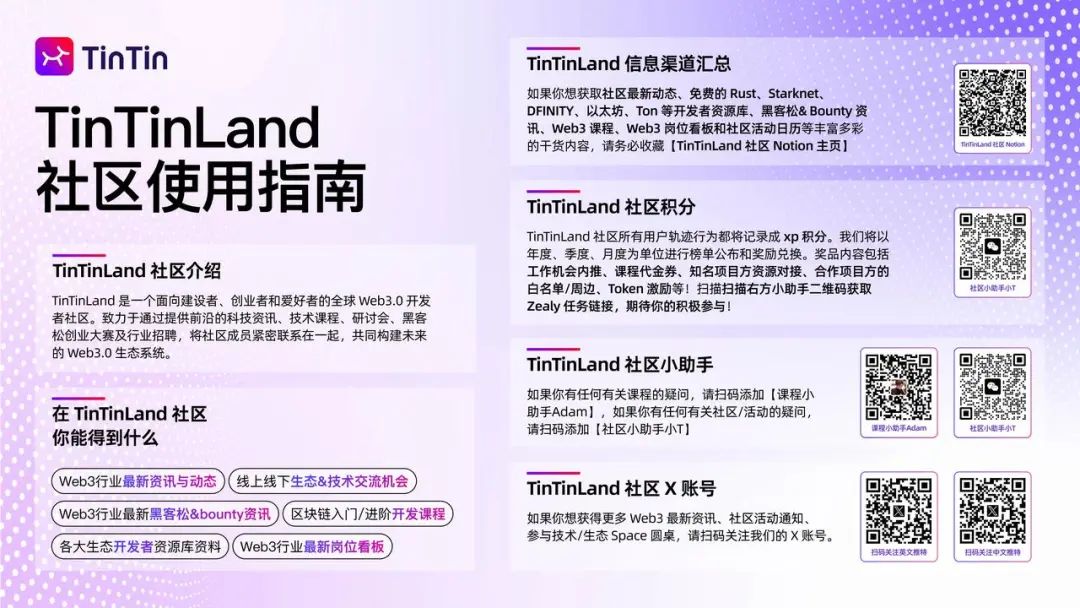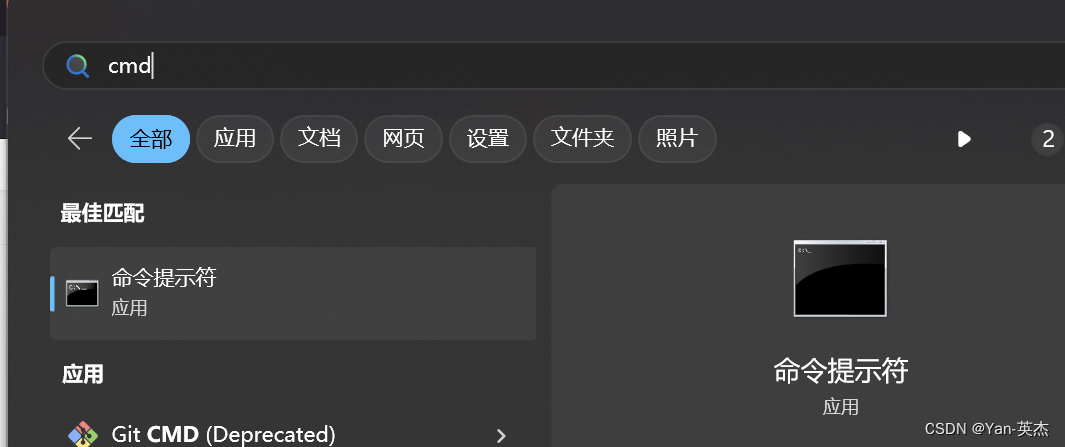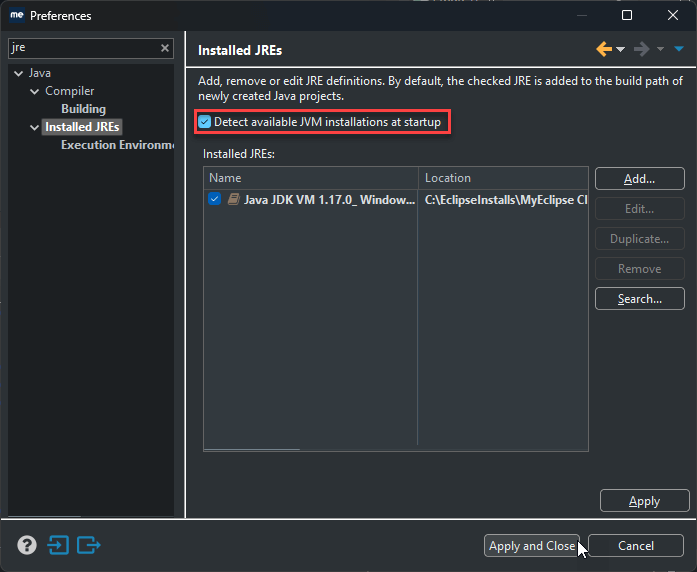1. 背景
在 SAPUI5 中,Fragments 是一种轻量级的 UI 组件,类似于视图(Views),但它们没有自己的控制器(Controller)。Fragments 通常用于定义可以在多个视图中重用的 UI 片段,从而提高代码的可重用性和模块化程度。
Fragment技术应用场景如下:
- 代码重用:将常用的 UI 片段(如对话框、表单、工具栏等)定义为 Fragments,以便在多个视图中重用。
- 模块化开发:将复杂视图分解为多个小的、可重用的 Fragments,提高代码的可维护性。
- 动态加载:根据用户操作或其他条件动态加载 Fragments,提高应用程序的灵活性。
注1:由于 Fragments 没有自己的控制器,它们会使用嵌入它们的视图的控制器。
注2: Fragments 是一段独立的 UI 代码,可以用 XML、HTML、JSON 或 JavaScript 编写,在SAPUI5中推荐的方式是使用XML。格式要求:以.fragment.xml结尾,例如:FragmentName.fragment.xml。碎片文件的位置应放在视图view文件夹下。
2. 示例
假设我们有一个对话框 DialogFragment,需要在多个视图中使用。
2.1 创建 Fragment
DialogFragment.fragment.xml
<core:FragmentDefinitionxmlns="sap.m"xmlns:core="sap.ui.core"><Dialog id="myDialog" title="My Dialog"><content><VBox><Text text="This is a dialog fragment"/><Input placeholder="Enter something"/></VBox></content><buttons><Button text="OK" press="onDialogOk"/><Button text="Cancel" press="onDialogCancel"/></buttons></Dialog>
</core:FragmentDefinition>
2.2 在视图中使用 Fragment
MainView.view.xml
<mvc:ViewcontrollerName="myApp.controller.MainView"xmlns:mvc="sap.ui.core.mvc"xmlns="sap.m"><Page><content><Button text="Open Dialog" press="onOpenDialog"/></content></Page>
</mvc:View>
MainView.controller.js
sap.ui.define(["sap/ui/core/mvc/Controller","sap/ui/core/Fragment"
], function (Controller, Fragment) {"use strict";return Controller.extend("myApp.controller.MainView", {onOpenDialog: function () {var oView = this.getView();// Check if the fragment is already createdif (!this.byId("myDialog")) {// Load the fragment asynchronouslyFragment.load({id: oView.getId(),name: "myApp.view.DialogFragment",controller: this}).then(function (oDialog) {// Connect dialog to the root view of this component (models, lifecycle)oView.addDependent(oDialog);oDialog.open();});} else {this.byId("myDialog").open();}},onDialogOk: function () {this.byId("myDialog").close();},onDialogCancel: function () {this.byId("myDialog").close();}});
});
3.练习
在前序练习的基础上,让我们为应用程序增加一个对话框,对话框相对特殊,因为它会在常规应用程序内容的顶部弹出,因此并不属于某个特定视图。
这意味着我们需要在控制器的某个位置,完成对话框的实例化。但由于我们想使用声明的方式创建控件,并希望保持可复用性和灵活性,我们将使用fragment技术来创建一个包含对话框的XML碎片。这样,对话框就可以在应用程序的多个视图中使用。
3.1 创建包含对话框的碎片
让我们在视图文件下,新建HelloDialog.fragment.xml碎片文件,在此文件中用声明的方式定义对话框<Dialog>控件。

碎片资源库位于sap.ui.core的命名空间中,我们在FragmentDefinition标签内部为它添加了一个xml命名空间。
定义Fragment的语法与视图类似,但由于片段没有控制器,因此无需定义该属性。
另外,碎片不在应用程序的DOM树中留下任何痕迹,也没有片段本身的控制实例(只有包含的控件)。 它只是一组可重用控件的容器。
HelloDialog.fragment.xml碎片文件中的代码如下:
<core:FragmentDefinition xmlns="sap.m"xmlns:core="sap.ui.core" ><Dialogid="helloDialog"title="Hello {/recipient/name}"/>
</core:FragmentDefinition>
3.2 在主视图上新增按钮
接下来,让我们在HelloPanel.view.xml视图中添加了一个新按钮<Button>来打开对话框,并指定事件处理函数press=".onOpenDialog"。与此同时,让我们为此按钮控件设置一个id="helloDialogButton"。
将关键控件的唯一ID设置为helloWorldButton是一个好习惯,这样可以方便识别。如果未指定id属性,则OpenUI5运行时会为控件生成唯一但易变的ID,例如"__button23"。在浏览器中检查应用程序的DOM元素,就可以看到差别。

改动后的HelloPanel.view.xml视图文件内容如下:
<mvc:ViewcontrollerName="zsapui5.test.controller.HelloPanel"xmlns="sap.m"xmlns:mvc="sap.ui.core.mvc"
><PanelheaderText="{i18n>helloPanelTitle}"class="sapUiResponsiveMargin"width="auto"><content><Buttonid="helloDialogButton"text="{i18n>openDialogButtonText}"press=".onOpenDialog"class="sapUiSmallMarginEnd"/><Buttontext="{i18n>showHelloButtonText}"press=".onShowHello"class="myCustomButton"/><Inputvalue="{/recipient/name}"valueLiveUpdate="true"width="60%"/><FormattedTexthtmlText="Hello {/recipient/name}"class="sapUiSmallMargin sapThemeHighligh-asColor myCustomText"/></content></Panel>
</mvc:View>3.3 实现按钮的事件响应
最后,让我们在控制器文件中,实现按钮的事件响应程序。
新增方法onOpenDialog到HelloPanel.controller.js中。如果片段中的对话框尚不存在,通过调用控制器模块的loadFragment API来实例化该片段。该方法返回一个Promise对象,一旦片段被异步加载完成,该Promise对象会被解析。

改动后的HelloPanel.controller.js文件内容如下:
sap.ui.define(["sap/ui/core/mvc/Controller","sap/m/MessageToast"
], function (Controller, MessageToast) {"use strict";return Controller.extend("zsapui5.test.controller.HelloPanel", {onShowHello: function () {// read msg from i18n modelconst oBundle = this.getView().getModel("i18n").getResourceBundle();const sRecipient = this.getView().getModel().getProperty("/recipient/name");const sMsg = oBundle.getText("helloMsg", [sRecipient]);// show messageMessageToast.show(sMsg);},onOpenDialog: function () {// create dialog lazily if (!this.pDialog) {this.pDialog = this.loadFragment({name: "zsapui5.test.view.HelloDialog"});this.pDialog.then(function (oDialog) {oDialog.open();});}}});
});
3.4 增强i18n
别忘记为新增button的描述维护对应的i18n资源文件。

改动后的i18n.properties文件如下:
# App Descriptor
appTitle=Hello World
appDescription=A simple app that explains the most important concepts of SAPUI5# Hello Panel
showHelloButtonText=Say Hello
helloMsg=Hello {0}homePageTitle=homePageTitle
helloPanelTitle=PanelTitle
openDialogButtonText=Say Hello With Dialog
3.5 运行程序
运行改动后的程序,我们可以看到新增的Say Hello With Button按钮。点击按钮后,会在弹出的窗口中显示Hello World。

目前的这个应用程序还是有些小问题,可见,弹出窗口是无法关闭的。在下一篇博客中,让我们进一步增强Fragment的回调函数,来实现弹出窗口的关闭。
4. 小结
本文介绍了SAPUI5中对话框和碎片的概念,并通过示例展示了其具体用法。



















